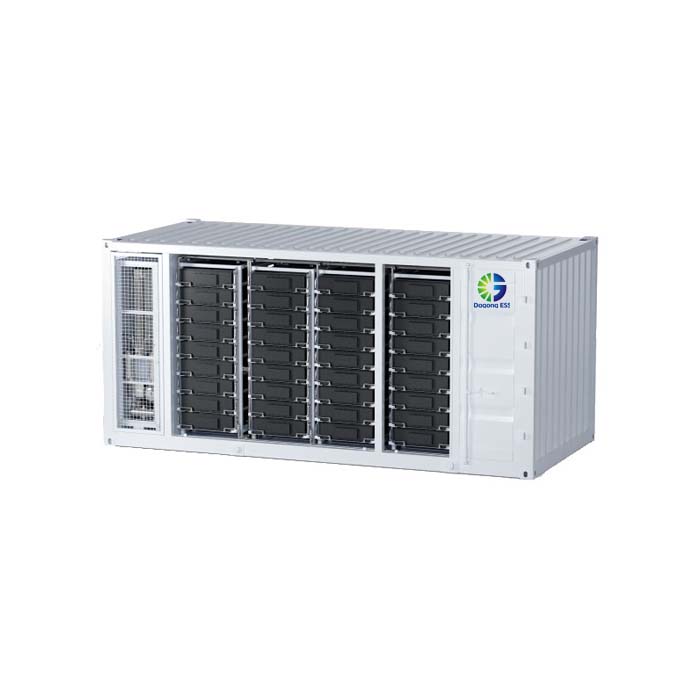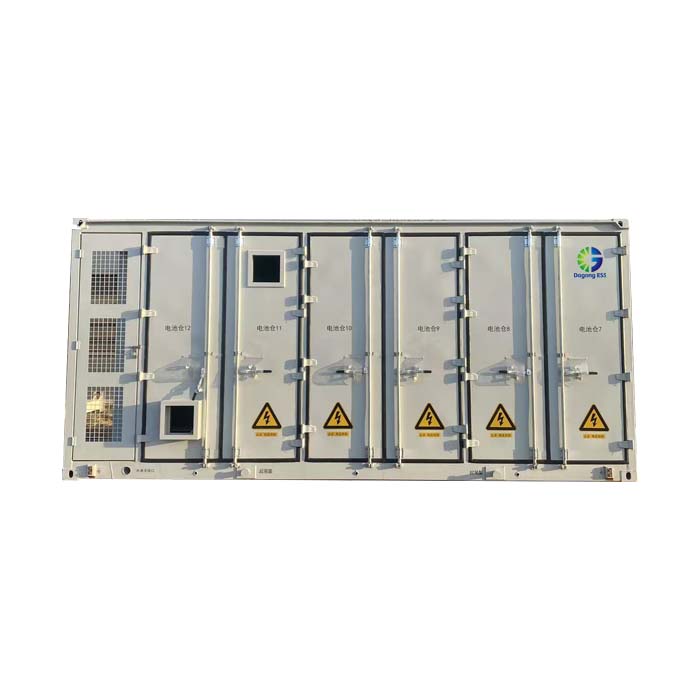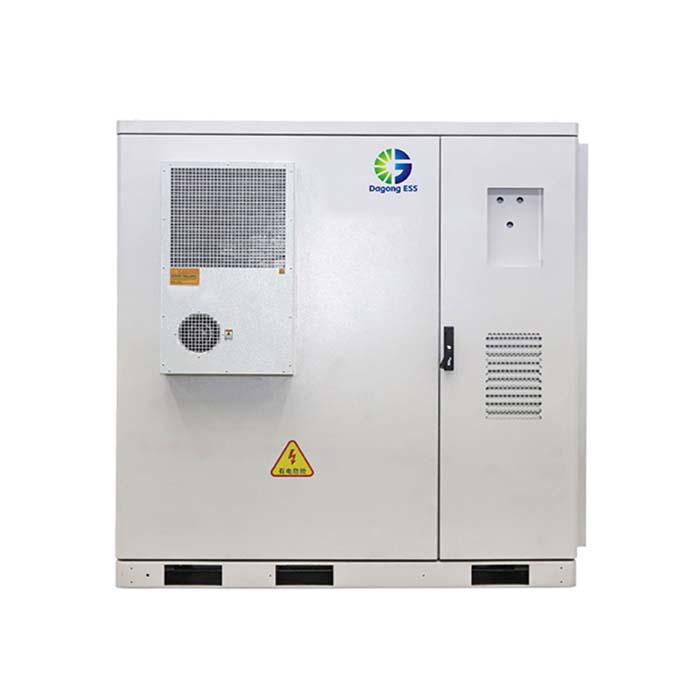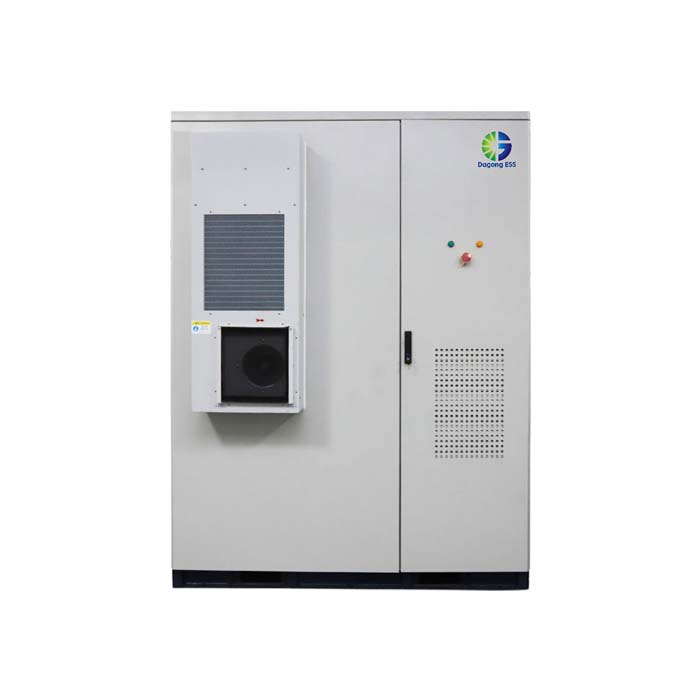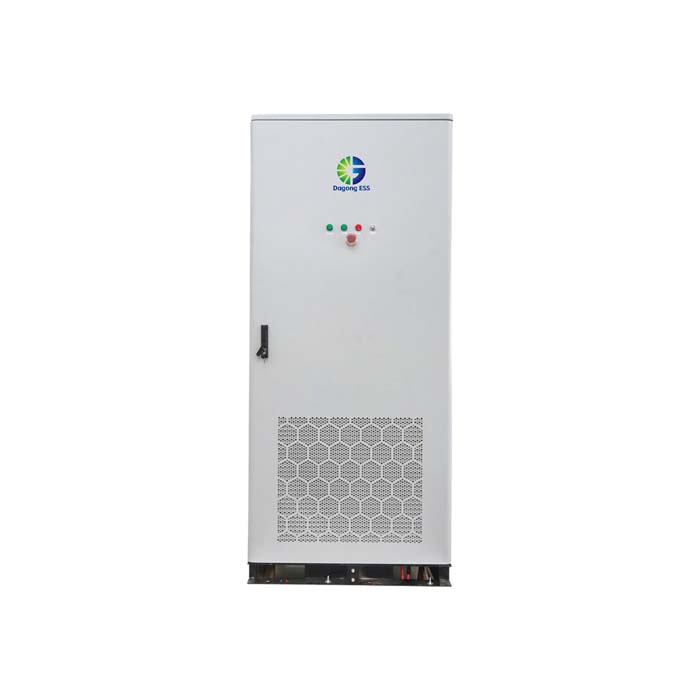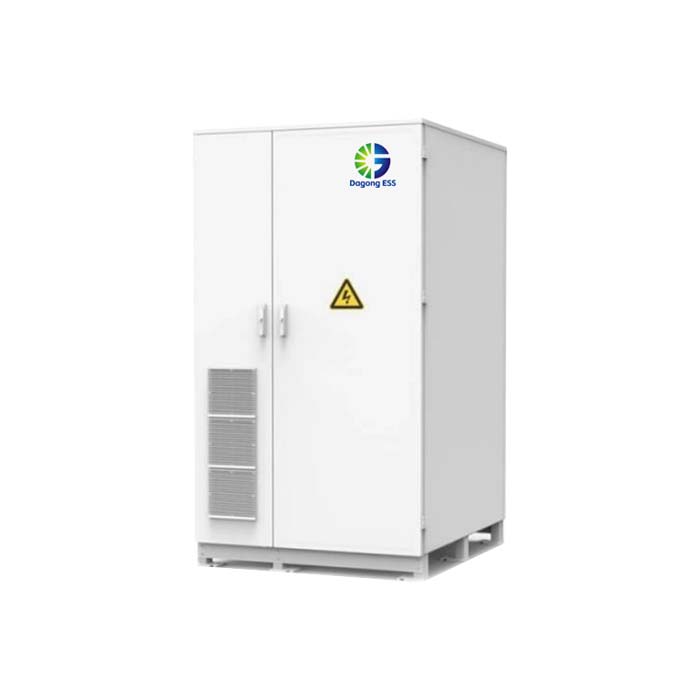100 kWh Battery Storage System: Features, Applications, and Cost Guide
What is a 100 kWh Battery Storage System?
A 100 kWh battery storage system is a medium-scale energy storage solution designed for residential, commercial, and small industrial applications, as well as distributed renewable energy projects. Compared to megawatt-level systems, it offers higher flexibility, compact design, and modular expansion capability. It can reduce electricity bills through peak shaving, provide backup power, and enhance energy independence.
Types of 100 kWh Battery Storage Systems
Rack-mounted battery cabinets: Flexible for parallel connection, suitable for small C&I projects.
Wall-mounted or modular battery packs: Easy to install, commonly used in residential or small-scale setups.
Mini containerized systems: Some suppliers integrate batteries, BMS (Battery Management System), PCS (Power Conversion System), and EMS (Energy Management System) into a containerized design.
For instance, Dagong ESS offers 100 kWh solutions that can be paralleled or combined with larger systems such as 215 kWh or 241 kWh air-cooled, and 372 kWh liquid-cooled units, creating scalable C&I solutions.
Features of 100 kWh Battery Storage Systems
Medium capacity: Suitable for both households and small commercial users, also used as a sub-module for large projects.
Modular and scalable: Easily expandable to higher capacities via parallel connections.
Long lifespan: Based on LFP batteries, with more than 6,000–8,000 cycles.
Smart management: Integrated BMS and EMS for remote monitoring and intelligent control.
Safety: Equipped with overvoltage, overcurrent, and thermal protection, compliant with international certifications.
Applications of 100 kWh Battery Storage Systems
Residential and high-end homes: Increase self-consumption of renewable energy.
Small commercial & industrial sites: Reduce energy costs and peak demand charges.
Renewable energy integration: Enhance utilization of solar and wind power.
Backup power supply: Ensure critical loads remain powered during outages.
Microgrid projects: Improve local energy independence and resilience.
Price of 100 kWh Battery Storage Systems
The cost depends on factors such as system capacity, storage duration, battery chemistry, control software, installation conditions, and auxiliary equipment.
Pricing is usually quoted under trade terms such as EXW, FOB, or CIF, depending on project location and logistics preferences.
For a tailored quotation, it is recommended to consult directly with the supplier.
How to Select a 100 kWh Battery Storage System?
Capacity and power requirements: Ensure the system meets peak shaving and backup needs.
Cooling method: Choose liquid cooling for high-load environments, air cooling for standard industrial use.
Scalability: Opt for modular systems that allow future expansion.
Certifications: CE, UN38.3, and other international standards are essential.
After-sales support: Evaluate warranty, remote monitoring, and technical support.
How Long Does a 100 kWh Battery Storage System Last?
With LFP batteries, a 100 kWh storage system typically lasts 10–15 years with over 6,000–8,000 cycles. Proper thermal management and smart control can further extend its lifespan.
Suppliers of 100 kWh Battery Storage Systems
Choosing a reliable supplier is crucial. For example, Dagong ESS provides 100 kWh systems that can be integrated with larger-scale 215 kWh and 241 kWh air-cooled, or 372 kWh liquid-cooled units. Additionally, Dagong ESS offers containerized solutions of 1MWh, 2MWh, 3.35MWh, 5MWh, and 6.7MWh, enabling scalability for larger C&I and grid projects.
If you are interested in 100 kWh battery storage systems, please contact Dagong ESS:Email: sales@dagongess.com


